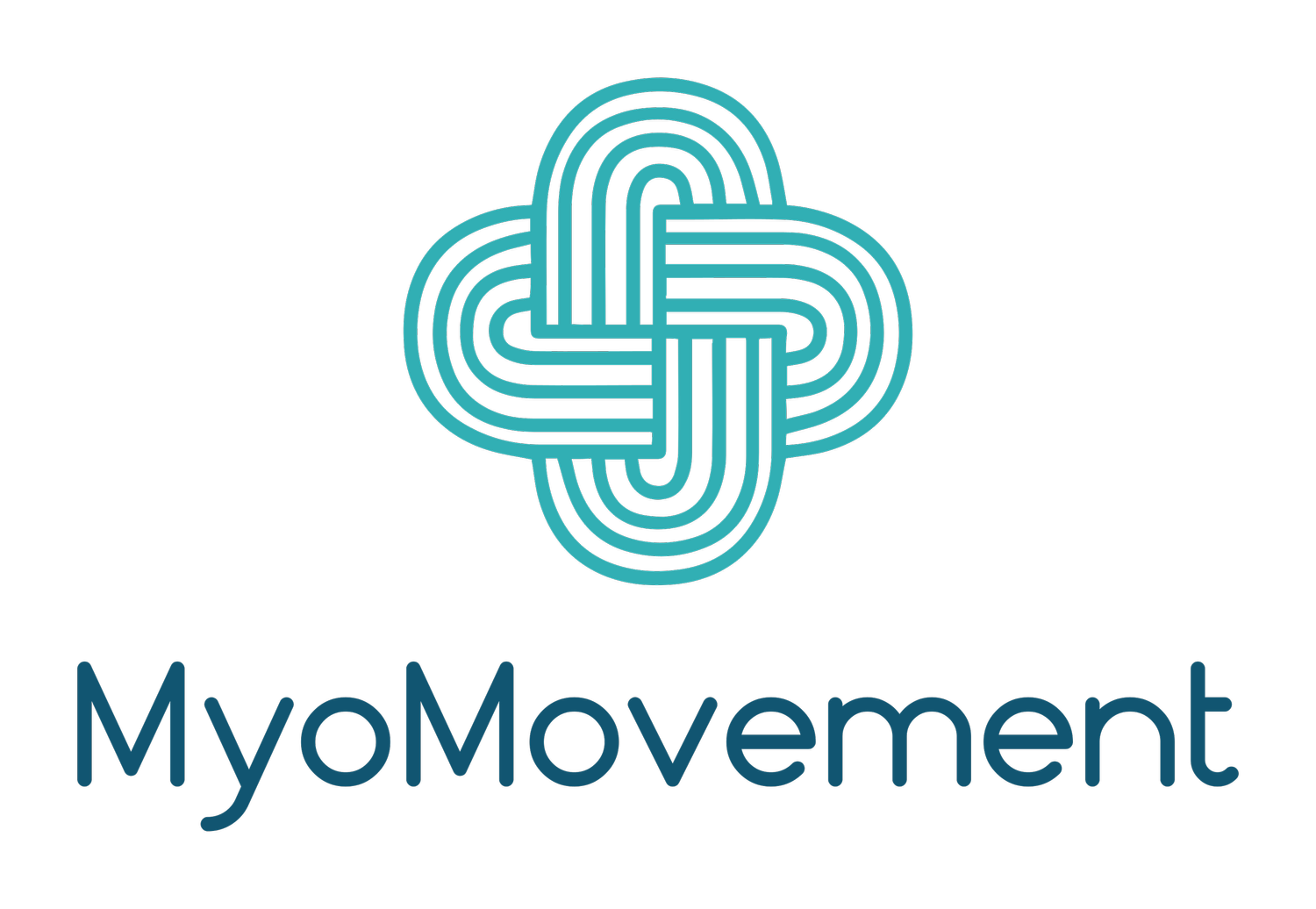The Science Behind Myofunctional Therapy: Evidence and Research
Myofunctional therapy is gaining traction in the medical and dental communities as a viable option for addressing a range of functional disorders related to the muscles of the face and mouth. Despite its increasing popularity, many people are still unaware of the solid scientific foundation backing this therapeutic approach. In this blog post, we will delve into the research and evidence that support the use of myofunctional therapy, exploring how it helps patients and why it’s an important option for treatment.
Understanding Myofunctional Therapy
Myofunctional therapy focuses on the neuromuscular re-education or re-patterning of the oral and facial muscles. The therapy includes exercises that target the muscles of the lips, tongue, cheeks, and jaw. The goal is to improve muscle tone, enhance breathing, swallowing, and speech, and promote proper jaw alignment. This form of therapy is often used to treat conditions such as sleep apnea, snoring, TMJ disorders, and orthodontic issues like improper bite and alignment.
Research Supporting Myofunctional Therapy
Sleep Apnea and Snoring: One of the most significant areas of myofunctional therapy research focuses on its effectiveness in treating obstructive sleep apnea (OSA) and snoring. A 2015 systematic review published in the American Journal of Respiratory and Critical Care Medicine found that myofunctional therapy could reduce the severity of sleep apnea, decrease snoring frequency, and improve the quality of sleep in adults. Patients undergoing myofunctional therapy experienced up to a 50% reduction in their apnea-hypopnea index (AHI), which measures the severity of sleep apnea.
Orthodontic and Dentofacial Orthopedic Benefits: Numerous studies highlight the benefits of myofunctional therapy in orthodontic contexts. For instance, myofunctional therapy can improve the stability of orthodontic treatment outcomes. A study in the Angle Orthodontist journal showed that integrating myofunctional therapy with conventional orthodontic treatments led to more stable and longer-lasting results, primarily by correcting the improper muscle function that can otherwise undermine orthodontic work.
TMJ Disorders: Research has also indicated that myofunctional therapy can be beneficial in managing temporomandibular joint disorders (TMJ or TMD). Exercises that strengthen and coordinate the jaw muscles can reduce jaw pain, headaches, and other symptoms associated with TMD. The Journal of Oral Rehabilitation includes studies demonstrating that patients with TMD who engaged in myofunctional therapy reported significant improvements in pain levels and jaw function.
Pediatric Development: Early intervention with myofunctional therapy can correct atypical swallowing patterns and mouth breathing in children, which are often overlooked causes of crooked teeth and poor facial development. A publication in the International Journal of Pediatric Otorhinolaryngology suggests that myofunctional therapy can help normalize the resting posture of the tongue and lips, encouraging proper growth and alignment of the jaws and teeth.
Why Myofunctional Therapy Matters
The strength of the scientific evidence supporting myofunctional therapy is clear, highlighting its role not just as a supplementary treatment but often as a necessary component of comprehensive care in dental and sleep medicine. By addressing the root causes of muscular dysfunction, myofunctional therapy offers a proactive approach to treatment that improves overall health and wellness without invasive procedures.
As research continues to evolve, myofunctional therapy stands out as a scientifically backed solution capable of addressing a multitude of structural and functional issues. Whether used on its own or as part of a multidisciplinary approach, the evidence strongly supports its effectiveness. For patients and practitioners alike, understanding and utilizing myofunctional therapy can lead to improved health outcomes and a better quality of life.
Schedule your appointment now and Join the MyoMovement!

